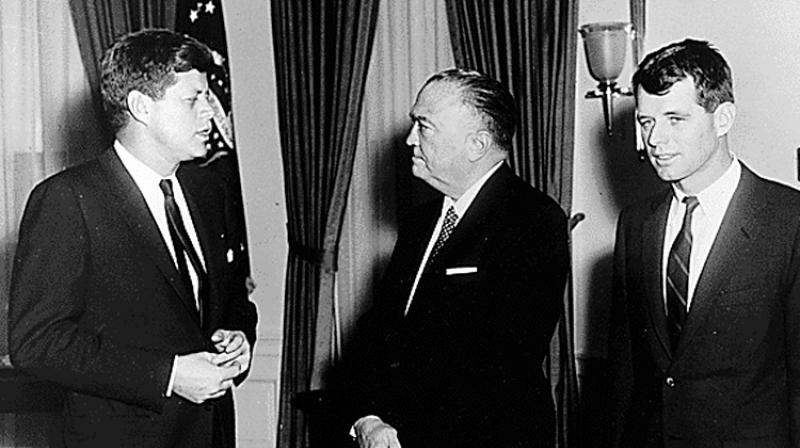The great sex recession

US: The share of American adults having no sex in the past year reached an all-time high in 2018, an intimate survey revealed Friday and many of those missing out are men in their 20s.
An analysis of new research data by The Washington Post reveals a battle of the sexes, with 18 per cent of the women between the ages of 18 and 30 reporting no sex in the past year as well as 28 per cent of men.
Male millennials are often portrayed in popular culture as the most sexually active or at least the most sexually eager and the news prompted a surprised reaction on social media. "Reasons why likely include a greater preference for video games and for porn," tweeted US psychologist and practicing family doctor Leonard Sax, who was speaking generally about the issue before the survey's release.
"Young men tell me that the video games and the porn are vastly better today than they were 20 years ago," he added. The largest disparity is between age groups, with only seven per cent of 30-somethings reporting a barren year in the love stakes.
The figure is as impressive among frisky 40-somethings of whom only nine per cent said they'd struck out in 2018. Just 13 per cent of those aged between 50 and 59 said they didn't get lucky last year. For those 60 and older, the share reporting no sex over the past year has remained steady around 50 per cent.
But the overall 23 per cent figure, up from 19 per cent two decades ago, paints a picture of a nation growing gradually but steadily less amorous. Celibacy as a corrosive force hit the headlines recently with emergence of the "incel" online subculture of angry young men unable to find sexual partners, with the movement even linked to several mass shootings in the US.
But it has had its high-profile champions too like Andy Warhol, J Edgar Hoover, Isaac Newton and Joan of Arc, who were all said to be proud celibates. The data on America's bedroom habits was collected for the General Social Survey conducted by the NORC research organisation at the University of Chicago and analysed by the Post. The newspaper said its analysis underscored a three-decade trend line marked by an aging population and higher numbers of unattached people.

